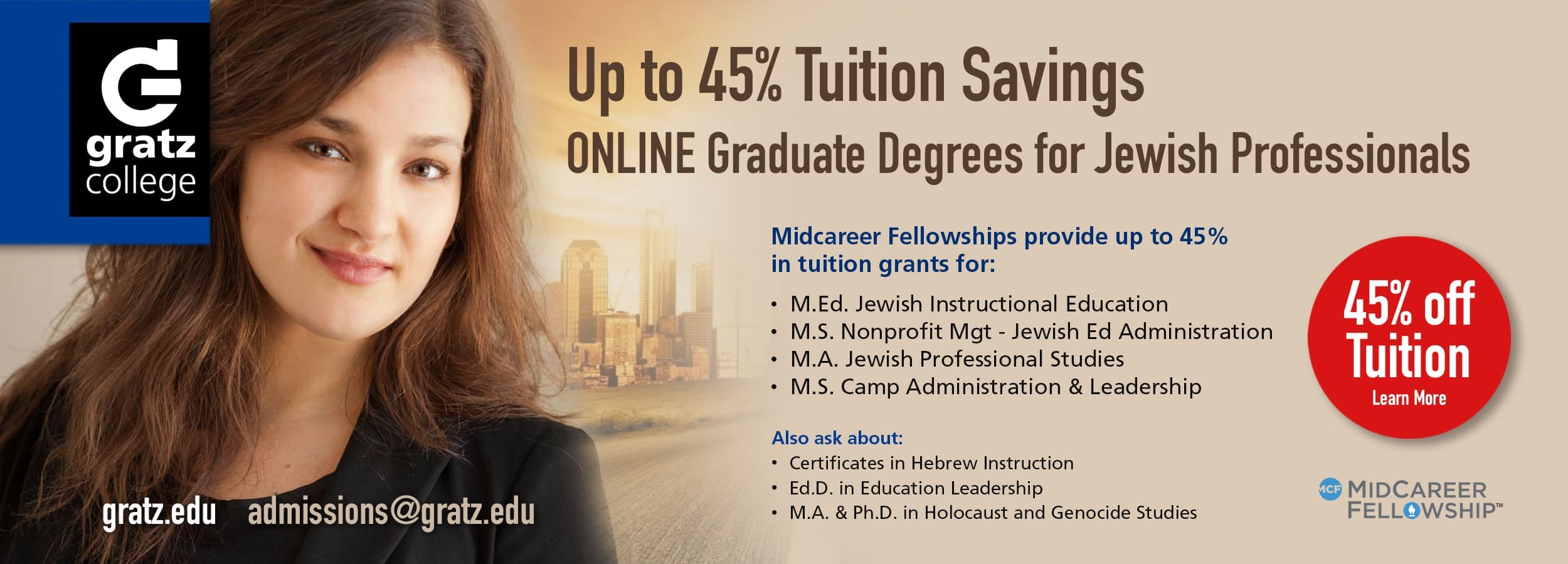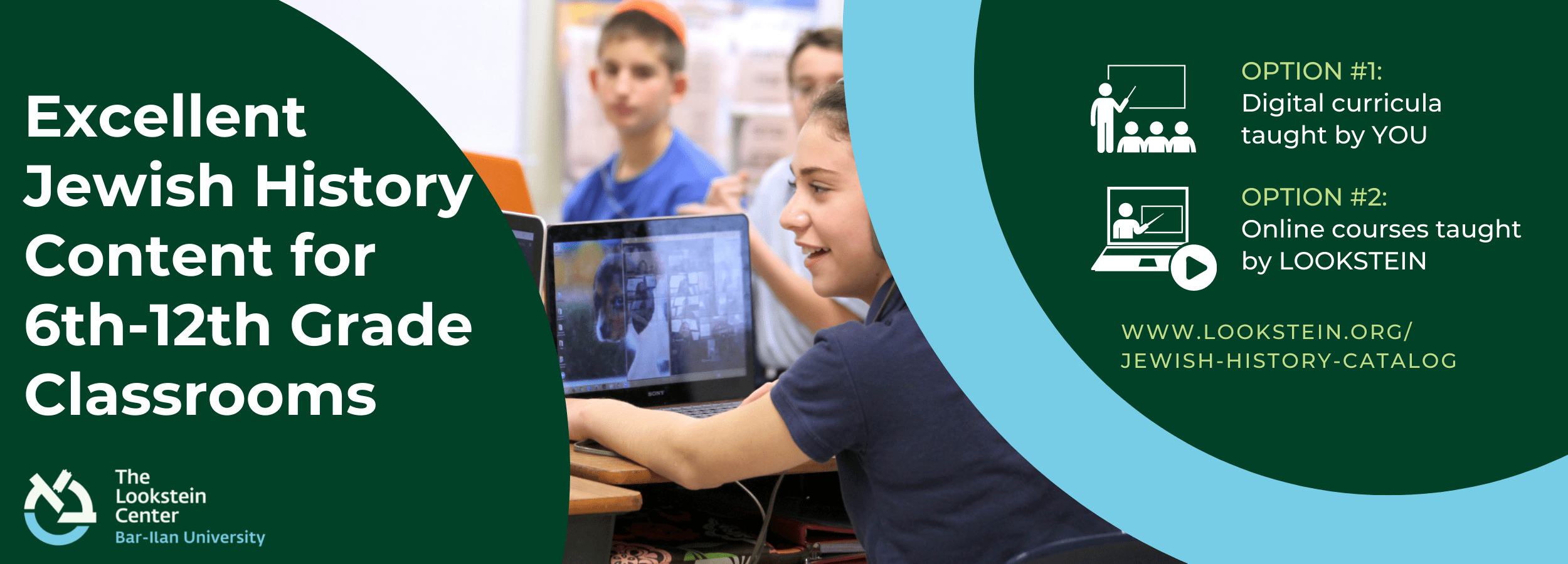
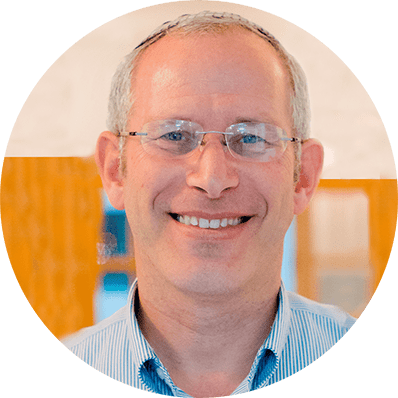
From The Editor
“Imagine that you could travel back to any period in history. What moment or event would you want to observe? What people would you want to meet? What would you ask them?” Many of us have asked and been asked these hypothetical questions. They are designed to inspire curiosity, drive thinking, and spark the imagination. They represent, to some extent, a considerable component of what historians try to do—to use the tools at hand, books, documents, records, artifacts, testimonies, and more to explore the past, and for some perhaps to create a virtual time machine through which they can re-create that past.

JEWISH HISTORY SYMPOSIUM WITH: ADAM FERZIGER, PETER GEFFEN, YITZ GREENBERG, MARC SHAPIRO, & BEREL WEIN
For this issue of the journal, we asked five thinkers, scholars, and doers who are familiar with the Jewish day school world from the inside to reflect on core questions facing those who teach and design the place of Jewish History in the classroom. We were fascinated by both the overlap and the remarkable diversity of ideas expressed. Their responses are presented here in alphabetical order of their last names: Professor Adam Ferziger, Peter Geffen, Rabbi Dr. Yitzchak Greenberg, Professor Marc Shapiro, Rabbi Berel Wein.

Breaking Down the Silos: Integrating Jewish and General History
Shortly after I began teaching World-Jewish History at Ramaz in the early 1990s I had a clarifying moment that seemed to justify that school’s integrated approach to Jewish History education. My ninth-grade students were studying the Ancient World and the day’s lesson involved a primary source comparative analysis of the text of the Cyrus Cylinder and the first three chapters of the Book of Ezra. The former text extolls the Persian ruler Cyrus the Great for repatriating conquered people and restoring their temples, while the latter includes Cyrus’s edict allowing the Judeans to return from exile in Babylonia and the rebuilding of the Temple. I divided the students into small groups and provided them with an English translation of the Cyrus Cylinder

Historical Thinking and Jewish Identity
For years, Stanford Professor Sam Wineburg has urged history teachers to go “beyond the bubble” and teach students historical thinking rather than rote memorization. Preparing students to be historical thinkers by teaching them to read sources critically and contextualize information are the guiding goals of my history classes. When I teach World War I, for example, I ask students to evaluate primary sources by questioning their reliability and comparing them to other contemporaneous perspectives. When I teach Jewish History, I take the same approach to the study of Jewish texts, encouraging students to read them in their historical context: to appreciate the author’s intended audience and acknowledge the author’s purpose. But, unlike my teaching of World War
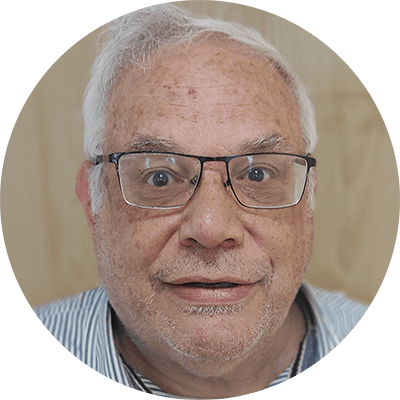
Jewish History and Memory
Jews remember. There are 169 places in the Torah which command us to remember, to recall, to not forget, and to commemorate. You might think that there would be an accompanying imperative to study history. After all, doesn’t memory require a knowledge of the content that we are supposed to remember? Yet there is no such imperative. It seems that, even though historical events represent the basis for memory, fulfillment of the commandments to remember in the Jewish tradition has very little to do with historical fact. The commandments instruct that we remember but offer little in the sense of rigorous requirements of what we are to remember (the exception being Rabbinic discussions of what to include in the recitation at the Seder).

The Art of Teaching with Artifacts: An Interview With YONI KADDEN
I had an aunt and uncle in Atlanta; their home was filled with antiques—even mundane things like a laundry detergent bucket from the 1940s. It was just something that I found deeply resonant. I’m deeply interested in material culture; it transports me to a different time. When my mother and I were cleaning out my grandmother’s house after she passed away, we came across this envelope that my mother, when she was a kid, received from cousins who lived in Alabama. Attached to the letter inside was a Confederate $5 bill, with a paperclip rusted on the bill itself. That was so exciting; I had a personal connection to the civil war. Shortly after that I learned that when Lincoln was assassinated, he had a Confederate $5 bill in his wallet.
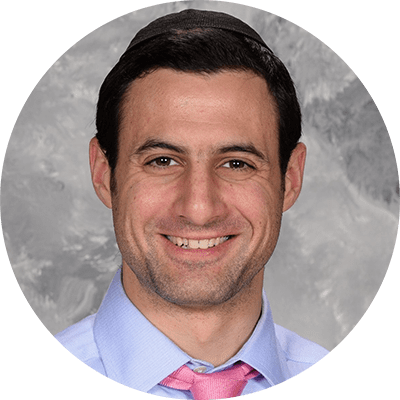
The Promise of Jewish History
What if you could teach a subject that grapples with the most important issues facing Judaism today? What if you could teach a subject that offers students more growth in Jewish literacy per class period than any other? What if you could teach a subject that bridges the gap between your students and Jews throughout space and time? What if you could teach a subject that provides your students with wisdom from the past, gratitude for the present, and inspiration for the future? This is the promise of Jewish History.

An Adaptable Jewish History Curriculum
The study of Jewish History builds Jewish pride, purpose, and belonging in students. Exploration of our 4,000-year past helps students develop into confident and empowered Jews who live with faith and commitment in the modern world. In principle, many Jewish day school leaders would agree that Jewish History ought to have a primary place in Jewish day school education, but they often find no easy path to develop an appropriate Jewish History program. Textbooks are rare, experienced Jewish History teachers are hard to find, and the dearth of resources makes it impractical to train novice teachers.
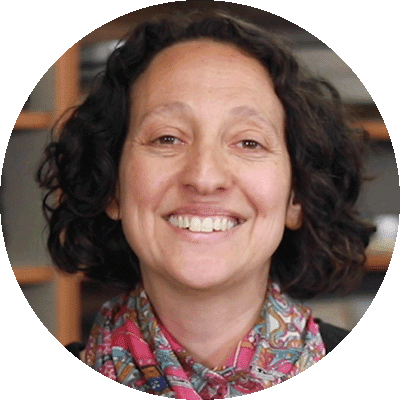
Primary Sources: Accessible and Engaging Educational Tools
Libraries are not only places where books live—they are where manuscripts, documents, maps, recordings, and other items of significance can come alive. The National Library of Israel has an amazing trove of resources with unique national, historic, and cultural significance for the Jewish people—many of which are available on The National Library of Israel for Educators website. The website is filled with curated resources, including lesson plans, digital activities, webinars, materials about the Jewish calendar, Israel and more. In this video, you will be introduced to four key steps of learning with primary sources, from initial observations to finding personal connection and meaning and even creating something new. You will learn how to access these
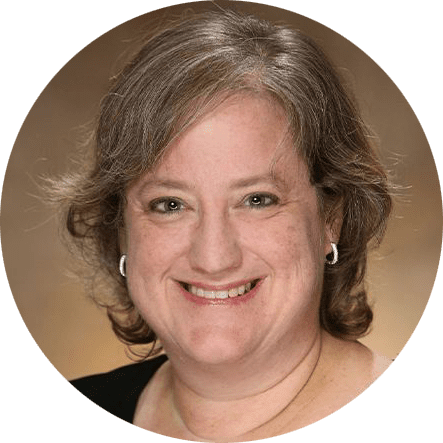
Permission to be Me: Supporting Students’ Jewish Identity through Jewish History Education
In almost every era, the Jewish people have struggled with how to best blend Jewish culture with the majority culture. By using this history as a model, my colleagues and I strive to create experiences for our high school students that give them tools to develop their own Jewish identity. We do not teach students what that Jewish identity is, rather we guide them to find their own way as they grow into curious and independent Jewish adults. We focus on exploring the choices and experiences of Jews from the past so that our students see themselves in both the continuity of Jewish life and in the changes

Teaching Jewish Histories: Broadening the Scope of the Jewish World
When students whose families come from the Jewish communities of North Africa, Central and East Asia, Latin America, or the Middle East enter our schools, are they able to find and situate themselves within the Jewish history that we teach? Do students from Ashkenazi backgrounds find ways to place their families within these broader, more diverse narratives of Jewish history?

From Supplementary to Essential: Integrating Jewish History into the World History Curriculum
This article follows a year-long process that addressed multiple challenges in teaching Jewish History at Milken Community School, in Los Angeles, California. Within the school’s social science department, Jewish History is addressed in a two-year course (grades 9 and 10) titled World and Jewish History.

Attaching our Pages: The Teaching of Jewish Histories
The study of history poses a fundamental question: Should we use a particularist lens to fully flesh out one group’s experiences and identities or a universal one which weaves disparate voices, lives, and events to generate a collective narrative? The study of Jewish history offers its own twist on this classic question. Should we focus on Jewish history as a separate and unique academic discipline or should we situate our analysis within the broader context of general history? We propose an approach which navigates the balance between those two poles. Optimizing the balance of considering the unique stories and contextualizing these studies within the broader fabric of the historical narrative can help our students—and their teachers along with
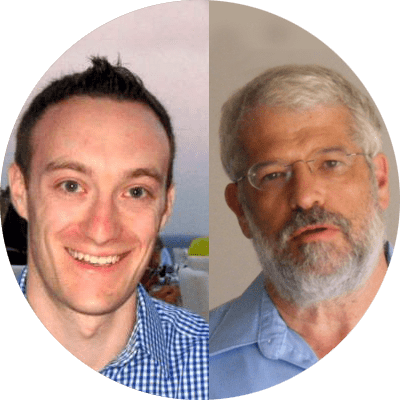
Jewish History Starts at Home
A once bustling Jewish center, Chicago’s West Side is now dotted with churches and apartment buildings, their exteriors still emblazoned with Hebrew inscriptions and Stars of David. A dozen miles west, crowded Jewish cemeteries have fallen into disrepair, their tattered tombstones resting under signs of long-forgotten synagogues. Farther north, in neighborhoods their grandparents left the West Side for, Jewish students sit in middle and high school classrooms, reading American History textbooks that largely gloss over their history.
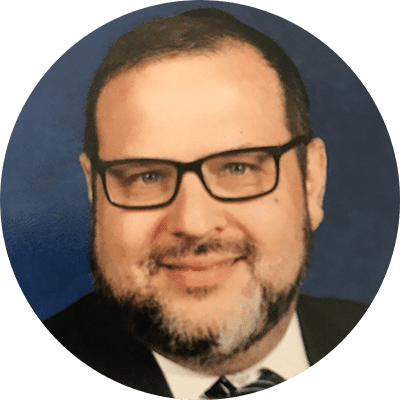
Learning Jewish History Through Extra-Curricular Programs
There are many interesting approaches to teaching and learning Jewish history. The common denominator of many of them is that they take a direct approach—they teach Jewish history as part of the overall curriculum. While this approach is best positioned to cover the broadest historical scope and range, taking advantage of student participation in extra and co-curricular activities can be a productive supplement to help students to broaden their Jewish History knowledge and skills base. Students who participate in extra-curricular programs often have a very high level of motivation to get the most out of these programs. When these students realize that by mastering certain elements of Jewish history they also enhance their strive for excellence in

Ancient Jewish Women: What they teach us about ourselves
The primary intention of teaching Jewish History in Jewish day schools is not to make young historians. Of course, there is nothing wrong with teaching, or even enjoying, history for history’s sake. However, teachers of Jewish History usually try to make the Jewish past and the students’ connection to it more meaningful in order to create meaning in the Judaism of our students’ lives today. If we want our students to feel this type of connection from the past to the present (and hopefully into the future), do they need to personally identify with historical events and the people that were a part of them? No, and yes. An Ashkenazi male student can identify with an account of a converso woman being accused of Judaizing during the Inquisition, just as a Sephardi male

Jewish History as Jewish Present
Jewish History rocks. It’s filled with pebbles, stones, and boulders that simultaneously cry, laugh, and sing. All form the foundation of contemporary Jewish life. So how does the Jewish educator create enthusiasm among teens to hear the objects’ stories? After all, today’s students are often more interested in TikTok than Masada rock. And they no longer need to memorize facts and dates as their teachers once did; they carry a device that quickly accesses virtually every book, sacred text, and tale humans ever recorded. With that in mind, today’s educator needs to be prepared to help students understand how a moment, era, or trend in Jewish History is relevant today. Let’s look at a few examples of how I do this in my own classroom.

Balancing Goals in Teaching Jewish History
For the passionate Jewish History teacher, the academic year is not long enough. There is much that you want to cover regarding core knowledge and academic skills while making space for both the topics and the types of projects and assignments that are most likely to engage the student. In this article, I offer a strategy for course design that balances core-knowledge coverage, academic-skills development, and in-depth engagement. I argue that, in Jewish History courses, core-knowledge can be covered in separate units that provide an extensive survey. This strategy ensures coverage of what the teacher considers essential and lays the foundations and provides historical references and context for in-depth learning which follows. That in-depth learning is

Project Based Learning in Jewish History
Jewish History is often situated at an intersection between general studies and Judaic studies. Given that Project Based Learning (PBL) provides opportunities to combine the rigors of a general studies curriculum with a values-based approach typical of Judaic learning, Jewish History provides fertile ground for PBL to create meaningful and authentic learning experiences for students.

Remember and Understand
In his final song, Moses commands the Children of Israel: “Remember the days of old, seek to understand the years of each generation” (Deuteronomy 32:7). As we ask how best to teach Jewish History in high schools, there are three principles I’d like to examine based on the wording of Moses’ command. Moses speaks about remembering, implying that one must first acquire factual knowledge that makes sense and can sit in the memory. Only that way will the student be able to use the acquired information for her own thinking process.

